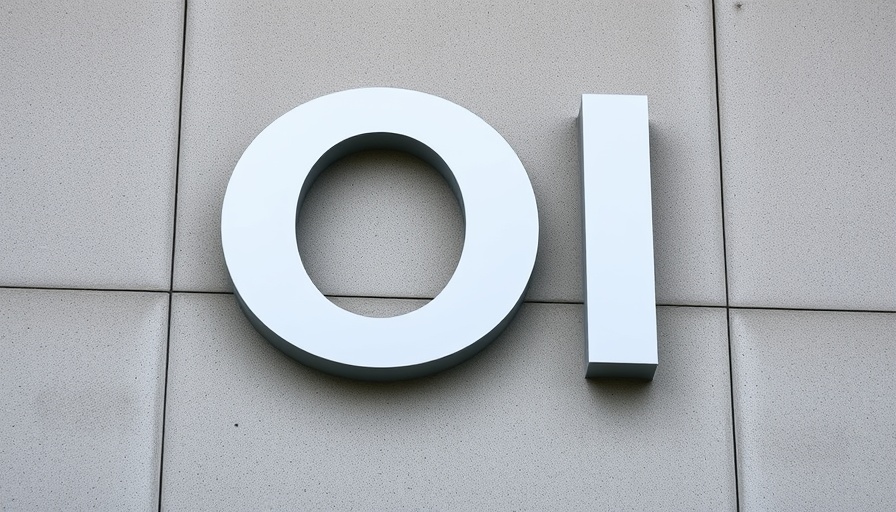
The End of an Era: AOL Dial-Up Goes Dark
In a significant move that marks the end of an era for internet connectivity, AOL has announced it will shut down its dial-up internet service on September 30, 2025. For many, this decision underscores the remarkable evolution of technology over the last few decades. Once a primary access point to the World Wide Web for millions in the 1990s and early 2000s, dial-up is now fading into the history books, yet it continues to serve a small, dedicated group of around 175,000 American households who rely on this technology.
Why Does This Matter Today?
This development is particularly significant for users in rural and remote areas where high-speed internet options remain scarce. While users were once proud to connect through the iconic AOL modem, today they find themselves at the crossroads of a digital divide. Simply put, as urban areas enjoy rapid internet speeds and thrilling innovations, many rural communities must grapple with outdated technologies that limit their access to the broader web.
Looking at Alternatives
Despite the shutdown, alternatives like satellite internet are available, but they often come with complications such as data caps and high latency. Users who once depended on dial-up internet may now face challenges related to the affordability and accessibility of these newer services. The transition from dial-up to modern connectivity highlights not only technological advancement but also economic considerations that hinder infrastructure development in less populated regions.
The Ongoing Digital Divide: A Reality Check
The discontinuation of AOL's dial-up service serves as a stark reminder of the digital divide that persists in the U.S. While 21st-century tech whizzes in urban centers connect at astounding speeds, there are still American households relying on connections that were small bandwidth champions in the age of rotating modems. The frustratingly slow speeds of dial-up services can turn basic online tasks into Herculean efforts, raising serious questions regarding equity in technology access.
A Future Without AOL Dial-Up
As AOL closes this chapter on its dial-up service, it prompts a broader reflection of the trajectory of internet accessibility. How will the industry address the needs of those still stuck in the past? Will users find a path to modern connectivity? Alternatively, will they remain captive in the slow lane of the internet? These are important questions as we move forward into an increasingly connected future.
 Add Row
Add Row  Add
Add 




Write A Comment